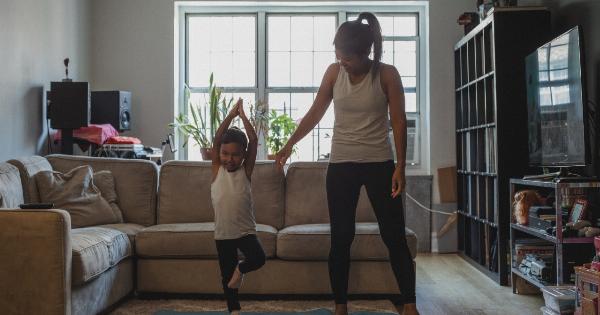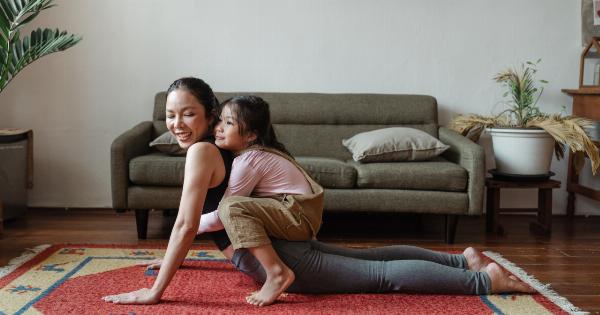Anxiety has become a common issue in today’s fast-paced world. Many individuals experience feelings of panic and worry, often affecting their daily lives and overall well-being.
Fortunately, there are strategies that can help keep anxiety at bay and promote a sense of calm and peace. In this article, we will explore various techniques and practices to prevent panic and manage anxiety effectively.
Understanding Anxiety
Before diving into the strategies, it is essential to understand what anxiety is and how it affects us. Anxiety is a natural response to stress, triggered by various factors such as work pressure, social situations, or personal challenges.
While experiencing occasional anxiety is normal, persistent and excessive worry can be detrimental to our mental and physical health.
Anxiety manifests itself differently in each individual, but common symptoms include restlessness, irritability, difficulty concentrating, muscle tension, and sleep disturbances.
It is crucial to acknowledge and address these symptoms to prevent them from escalating into panic attacks and chronic anxiety disorders.
The Importance of Self-Care
One of the fundamental strategies for keeping anxiety at bay is taking care of ourselves, both physically and mentally. Self-care plays a crucial role in maintaining a healthy balance and reducing stress levels.
Here are some self-care activities that can help prevent panic and promote well-being:.
1. Prioritize Sleep:
Adequate sleep is essential for our overall well-being, including our mental health. Lack of sleep can significantly contribute to feelings of anxiety and make it harder to cope with stress.
Make sure to create a sleep routine, establish a comfortable sleep environment, and avoid caffeine or electronic devices before bedtime.
2. Engage in Regular Exercise:
Physical activity is not only beneficial for our physical health but also plays a vital role in managing anxiety.
Engaging in regular exercise releases endorphins, also known as “feel-good” hormones, which can help reduce stress levels and promote a sense of calm. Find an exercise routine that suits your preferences, whether it’s jogging, yoga, or dancing.
3. Practice Mindfulness and Meditation:
Mindfulness and meditation techniques can help train our minds to focus on the present moment and reduce anxiety.
By paying attention to our thoughts and emotions without judgment, we can gain a better understanding of our triggers and learn how to respond to them effectively. Incorporate mindfulness exercises into your daily routine, such as deep breathing, body scanning, or guided meditation.
4. Establish Healthy Boundaries:
Setting boundaries is crucial for maintaining our mental and emotional well-being. Learn to say no when you feel overwhelmed or when a particular activity doesn’t align with your priorities.
By creating boundaries, you prevent unnecessary stress and create space for activities that bring you joy and relaxation.
5. Connect with Loved Ones:
Building strong connections with loved ones can provide a support system during moments of anxiety. Share your feelings and concerns with trusted individuals who can offer a listening ear and constructive advice.
Surrounding yourself with positive and supportive people creates a sense of belonging and reduces feelings of isolation.
Cognitive Behavioral Techniques
In addition to self-care practices, cognitive-behavioral techniques can be highly effective in preventing panic and managing anxiety.
These techniques involve identifying and challenging negative thoughts and replacing them with more positive and realistic ones. Here are a few commonly used cognitive-behavioral strategies:.
1. Identify Negative Thinking Patterns:
Pay attention to your thoughts when you experience anxiety. Are there any recurring negative patterns or irrational beliefs? Recognizing these patterns is the first step towards challenging and changing them.
2. Challenge Your Thoughts:
Once you have identified negative thoughts, challenge their accuracy and validity.
Ask yourself, “Is there evidence to support this thought?” or “Is this thought helpful or harmful?” By critically evaluating your thoughts, you can regain control over them and reduce anxiety.
3. Replace Negative Thoughts:
Replace negative thoughts with more positive and realistic alternatives.
For example, if you find yourself thinking, “I will fail at this,” reframe it as, “I have the skills and experience to succeed, and even if I face challenges, I can learn from them.” This shift in perspective can help alleviate anxiety and build resilience.
4. Practice Self-Compassion:
Be kind to yourself and practice self-compassion. Treat yourself with the same care and understanding you would offer to a loved one.
Acknowledge that everyone makes mistakes and experiences hardships, and remind yourself that you are doing the best you can.
Seeking Professional Help
While self-care practices and cognitive-behavioral techniques can be beneficial, it’s essential to recognize when professional help may be necessary.
If your anxiety significantly impacts your daily life, relationships, or overall well-being, consider reaching out to a mental health professional. They can provide additional support, guidance, and personalized strategies tailored to your specific needs.
Conclusion
Preventing panic and managing anxiety is a continuous process that requires dedication and practice.
By prioritizing self-care, incorporating cognitive-behavioral techniques, and seeking professional help when needed, individuals can effectively keep anxiety at bay and lead a more balanced and fulfilling life. Remember, everyone’s journey is unique, so be patient and kind to yourself throughout the process.




























